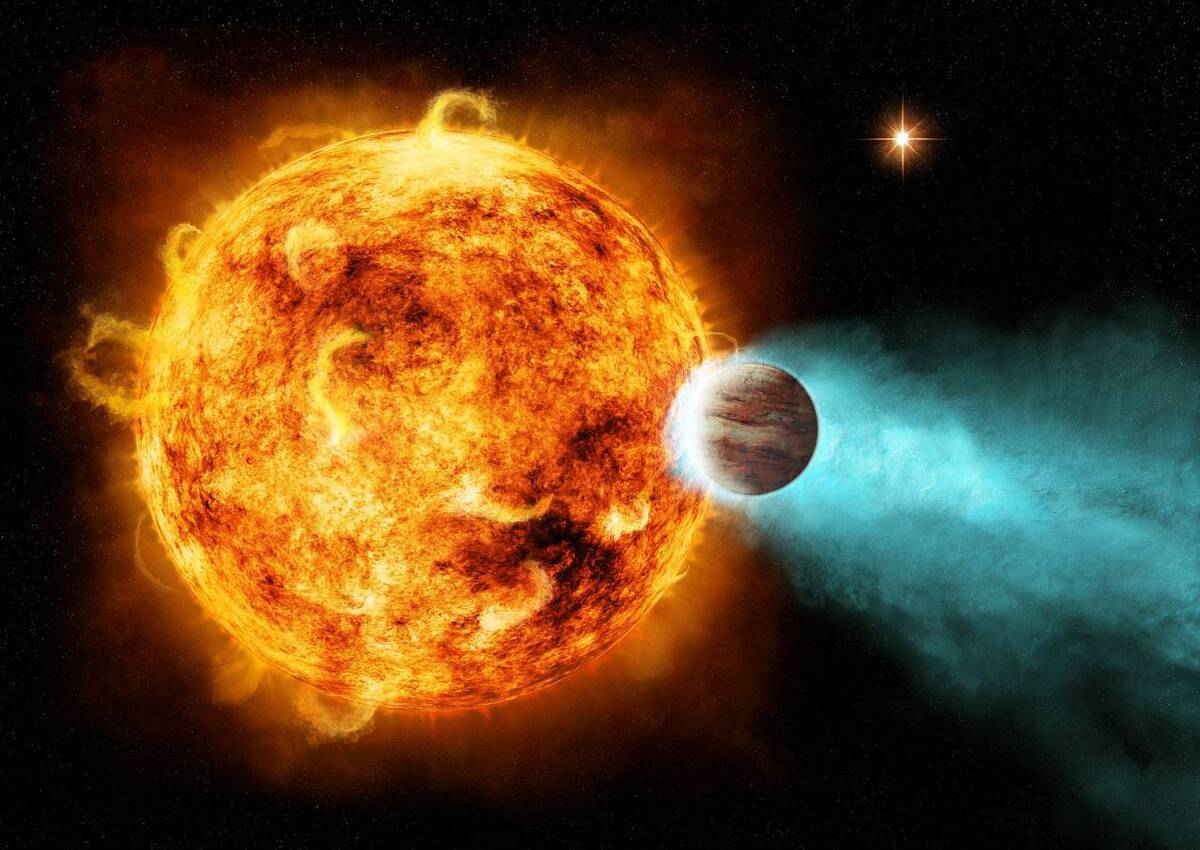AI-Based Algorithm Helps Find 5 Small Planets with Ultra-Short Orbital Periods

Among the five planets, four are the closest to their solar-like host stars detected to date, with sizes comparable to that of Mars. This is the first time that astronomers have used AI to complete tasks to search for candidate signals and identify true signals in a single attempt.
The research, the results of which were published recently in the Monthly Notices of the Royal Astronomical Society journal, was carried out by a team led by Ge Jian at the Shanghai Astronomical Observatory under the Chinese Academy of Sciences.
The occurrence rate of ultra-short-period planets around solar-like stars is very low -- about 0.5 percent. Since the first discovery of these planets in 2011, only 145 have been found, of which only 30 have a diameter smaller than that of Earth.
Astronomers generally use a transit method to locate planets outside the solar system. The principle of this method dictates that when an orbiting planet crosses in front of its host star, the brightness of that host star will be dimmed periodically. But as ultra-short-period planets are often very small and rotate in very short periods, it is very difficult for astronomers to find their faint transit signals.
To find these elusive planets, the team developed an algorithm that combines GPU phase folding and convolutional neural networks. The algorithm increases search speeds by approximately 15 times, and improves detection accuracy and completeness by about 7 percent compared to the popular, conventional method.
The team applied the algorithm to the Kepler dataset and identified the five ultra-short-period planets, demonstrating the algorithm's advantage in searching for faint transit signals.
Team leader Ge said that this discovery is a milestone in the application of AI to astronomical big data. If astronomers want to use AI to make extremely rare discoveries using vast astronomical data, they must innovate with AI algorithms and generate large artificial datasets based on the physical image characteristics of newly discovered phenomena.
According to the study, the ultra-short-period planets provide important information for our understanding of the early evolution of planetary systems, planet-planet interactions and star-planet interaction dynamics, and their discovery is important to the theoretical study of planetary formation.
4155/v





















